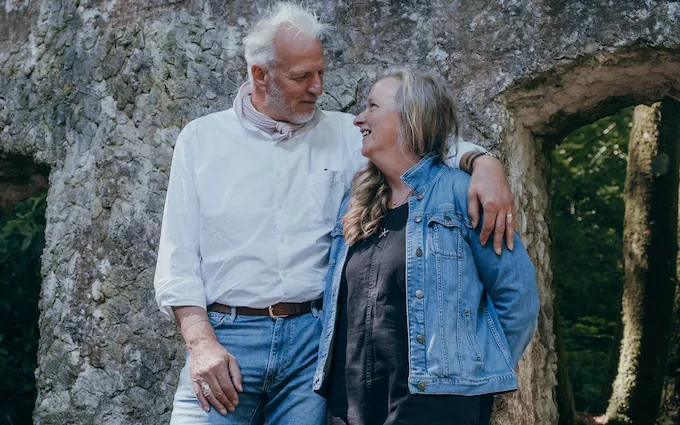The Salt Path (2024), directed by Marianne Elliott, is a cinematic adaptation of Raynor Winn’s memoir, chronicling the transformative journey of a couple facing profound adversity. The film stars Gillian Anderson and Jason Isaacs as Ray and Moth, a middle-aged couple who, after losing their home and receiving a terminal diagnosis, embark on a 630-mile trek along England’s South West Coast Path.
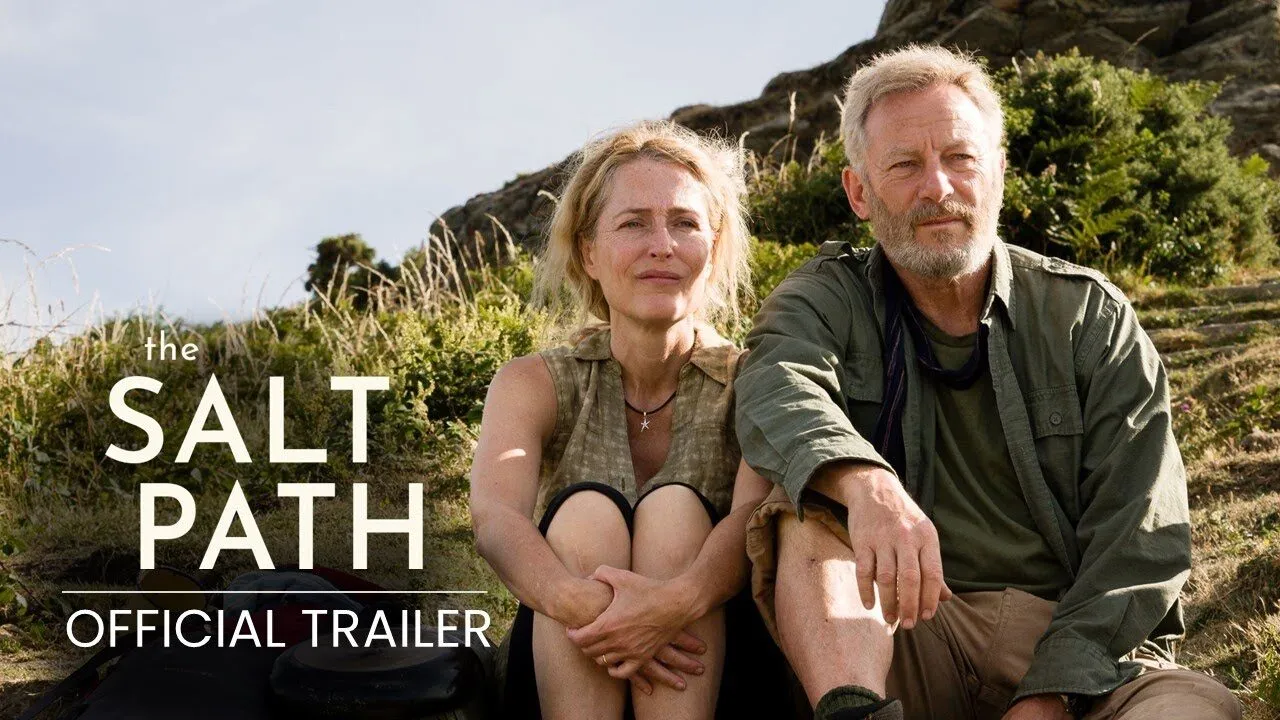
Anderson and Isaacs deliver compelling performances, authentically portraying the resilience and vulnerability of their characters. Anderson’s depiction of Ray captures the emotional turmoil of a woman grappling with loss and uncertainty, while Isaacs embodies Moth’s quiet strength and determination. Their on-screen chemistry brings depth to the narrative, making their journey both poignant and relatable.

The film’s cinematography, led by Helene Louvart, is noteworthy. The expansive shots of the English coastline serve as both a breathtaking backdrop and a reflection of the couple’s internal landscapes. The visual narrative effectively mirrors the highs and lows of Ray and Moth’s odyssey, immersing viewers in their physical and emotional journey.
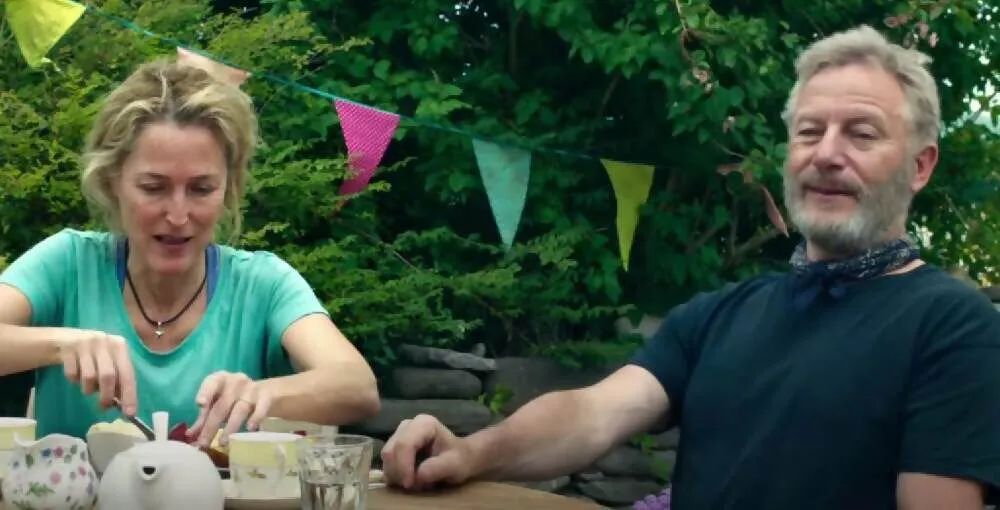
However, the film’s non-linear storytelling has garnered mixed reactions. While some critics appreciate the attempt to weave past and present, others feel that the fragmented narrative hinders emotional connection, making it challenging to fully engage with the characters’ experiences.
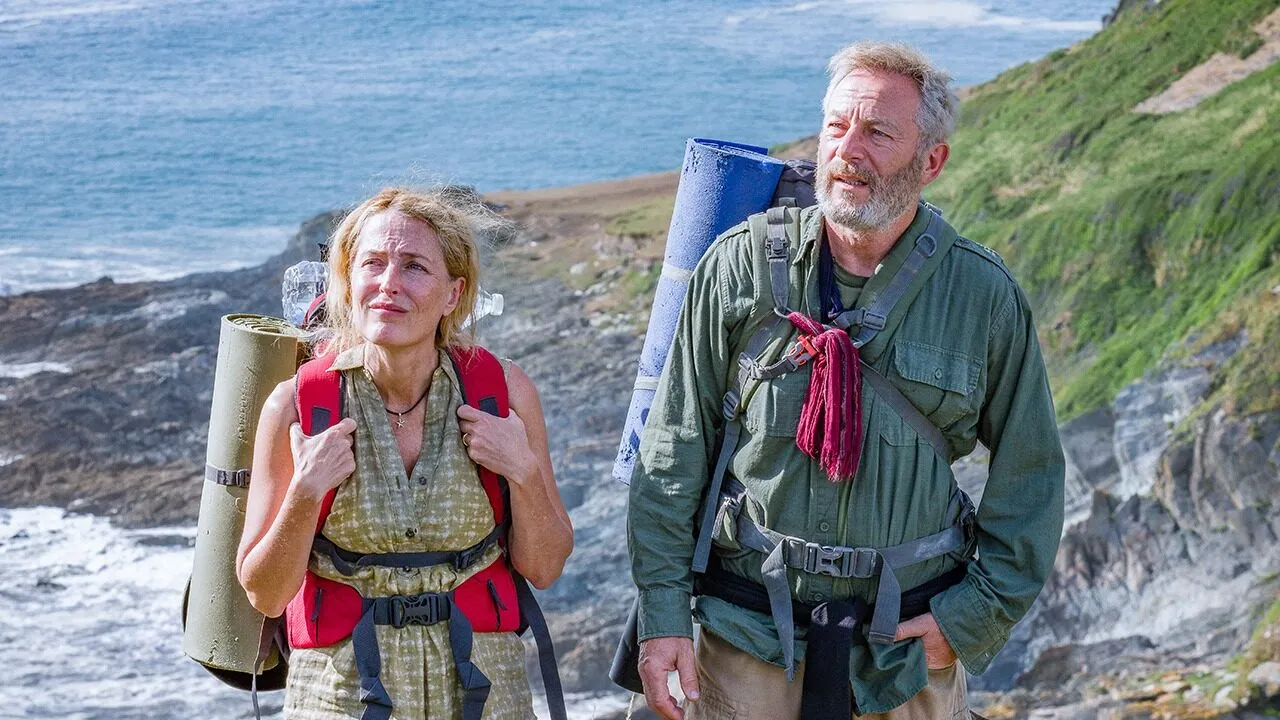
Despite its narrative structure, The Salt Path succeeds in exploring themes of resilience, love, and the human spirit’s capacity to endure. The couple’s interactions with various individuals along their journey highlight societal perceptions of homelessness and illness, adding layers of complexity to their story.
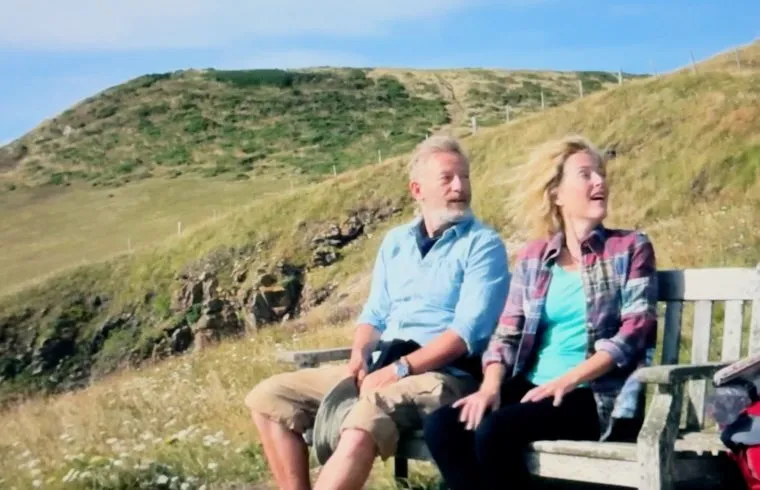
In conclusion, The Salt Path offers a heartfelt portrayal of a couple’s quest for meaning amidst life’s uncertainties. While its storytelling approach may not resonate with all viewers, the film’s strong performances and stunning visuals make it a journey worth experiencing. 